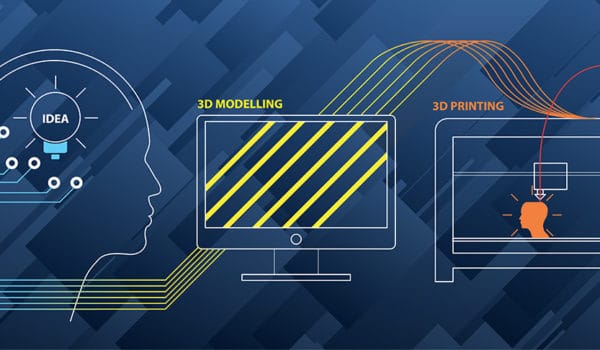Today's Metaverse may be the “digital escape” but in the next few years, the Metaverse is expected to manifest itself primarily through virtual reality — an alternative, digital world that can be used for a variety of personal and enterprise purposes.
Recently, a social media company Meta Platforms, Inc. has called for a global collaborative
effort to build the infrastructure to support its futuristic Metaverse ambitions. In 2021, the word
“Metaverse” emerged as one of the major buzzwords, driven in large part by Facebook Inc.,
which went all-in on the Metaverse and changed its company name to META. The Metaverse,
essentially, will be a synchronous series of interconnected, interoperable virtual worlds that
people “live” inside and move between.

What Is a Metaverse?
In simple words, a Metaverse is a network of 3D virtual worlds focused on social connection. In
science fiction is often known as a hypothetical iteration of the worldwide web as the virtual world that is facilitated by the use of virtual and augmented reality gadgets.
Today’s Metaverse may be the “digital escape” but in the next few years, the Metaverse is
expected to manifest itself primarily through virtual reality — an alternative, digital world that can
be used for a variety of personal and enterprise purposes. However, the vision of Metaverse is
not possible without the Metamaterial. Scientists around the world are developing intelligent
artificial materials called Metamaterial.

What Are the Metamaterials?
Metamaterials are described as engineered periodic composites for altering electromagnetic
properties of materials to obtain responses that are not found naturally. These artificially
engineered composite materials derive their properties from internal micro-and nanostructures,
rather than the chemical composition found in natural materials. As a result, Metamaterial
structures enable properties and capabilities, which are generally not possible to create using
conventional material discovery or chemical manufacturing technologies.

What Do Metamaterials Allow Us to Do?
Metamaterials have the potential to control the course of light in a material with extreme
precision. This allows optical systems that were previously bulky to be reduced to extremely
small dimensions. Metamaterials can also be tuned to support unique features that are currently
unavailable with current optical hardware, resulting in whole new optical systems. The qualities
of conventional materials influence how they interact with electromagnetic radiation such as
light or radio waves. We are used to seeing how light bends through glass or how gold reflects
light. We know what to expect when we come into contact with these objects daily because these
materials are usually unremarkable. It can respond to its environment, independently make a
decision, and act without direction from a human being. For example, an airplane might
evaluate its environment including wind direction, speed, or bird, and automatically change
course to complete the travel.
Scientists are also making tremendous progress in fine-tuning the characteristics of
Metamaterials to create radiation and seismic-resistant shields. Seismic waves would be
absorbed or deflected by metamaterial barriers, decreasing the dangers and impact of
earthquakes. Because this functions in a different way than typical materials. The future cities
will be created with Metamaterials that are more resistant to earthquakes and other natural
calamities than ever before. Metamaterials, with their ability to control wave propagation, enable
scientists to take data transmission transfer to new levels. In the metamaterial, specific types of
waves, such as magneto-inductive waves, can carry power in a controlled manner. This
phenomenon has enabled scientists to significantly expand wireless charging for smartphones
and other electronic gadgets. A metamaterials-based charger means hassle-free charging on large
surfaces for individuals — simply drop a smartphone onto the charging surface without worrying
about alignment. This is a significant step toward making wireless power as efficient and
convenient as technologically advanced data connectivity.
Theoretically, Metamaterial is something that uses a chip to control the processing of
information that’s needed to perform the requested command then uses the electrical power to
convert that energy into mechanical energy.
Now, the scientist’s next step is to implement their idea of Metamaterial in Metaverse.
Photo: thinkhubstudio/shutterstock.com
You might also like:
Trends that Are Turning Up the Heat in Electric Vehicle Innovation
Support us!
All your donations will be used to pay the magazine’s journalists and to support the ongoing costs of maintaining the site.
Share this post
Interested in co-operating with us?
We are open to co-operation from writers and businesses alike. You can reach us on our email at [email protected]/[email protected] and we will get back to you as quick as we can.










